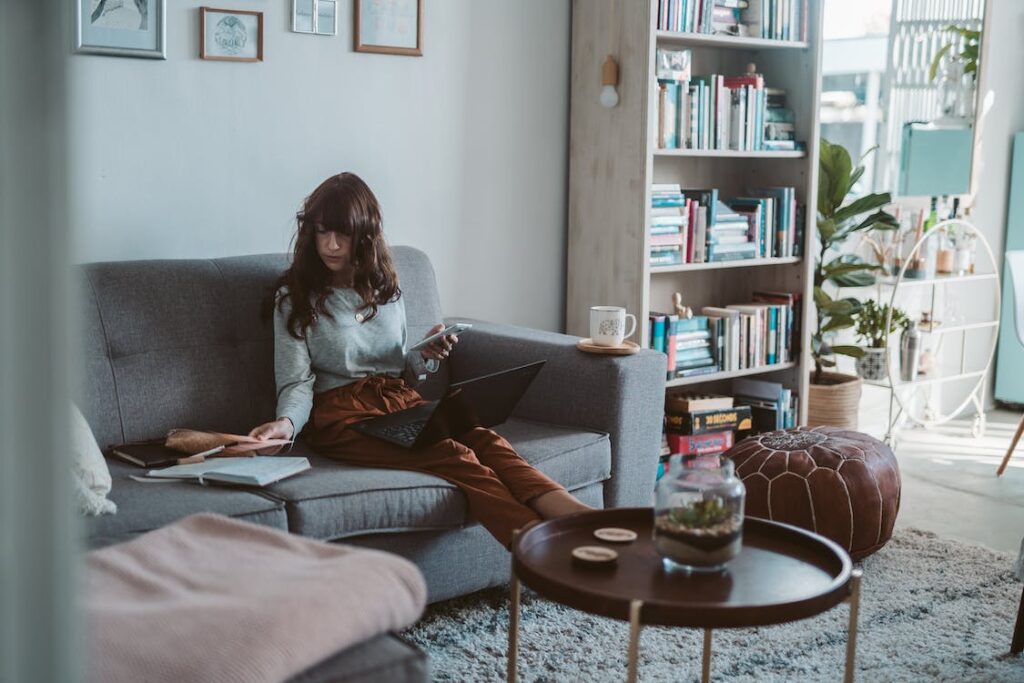
The purpose of this article is to provide readers with a comprehensive understanding of common SMTP ports, port numbers and their significance in email mailing. By exploring different SMTP ports and their usage scenarios, readers will gain the knowledge necessary to select appropriate ports for secure and reliable email communication.
Introduction
Email is an essential communication tool for individuals and organizations alike. However, the process of sending and receiving emails involves several components, including mail servers, email clients, and SMTP (Simple Mail Transfer Protocol). SMTP is responsible for transmitting email messages to two mail servers to the appropriate mail servers, which then deliver the messages to their intended recipients. To establish a connection between email clients and mail servers, SMTP uses port numbers.

Port and default port numbers are identifiers that help direct traffic to the correct destination. In general, port numbers use the TCP/IP protocol and are divided into three categories:
- Well-known ports: these ports are reserved for specific purposes and are commonly used by operating systems and applications. This category includes ports such as port 80, which is used for HTTP traffic, and port 443, which is used for HTTPS traffic. Well-known ports are numbered from 0 to 1023.
- Registered ports: these ports are used by applications and services, but they are not reserved for any specific purpose. Applications can use these ports as needed. Examples of registered ports include port 8080, which is often used for web proxies, and port 3306, which is used for MySQL database traffic. Registered ports are numbered from 1024 to 49151.
- Dynamic or private ports: these ports are used by client applications to establish a connection with a server. When a client application initiates communication with a server, it will typically use a dynamic port to do so. Dynamic ports are numbered from 49152 to 65535.
Understanding SMTP Port Numbers
SMTP is an essential component of email communication, as it acts as an intermediary between email senders, hosting providers and recipients. SMTP uses port numbers to establish communication channels between email clients and mail servers. By understanding how SMTP and port numbers work together, you can ensure that your email messages are delivered reliably and efficiently.
SMTP uses different port numbers for different purposes. The most commonly used port number and numbers are:
- Port 25: also known as the default SMTP port, this port is used to transfer email messages between servers. The original design of SMTP allocated port 25 for this purpose, and for many years, this was the only option available for sending and receiving emails.
- Port 587: this port is commonly used for sending email messages from an email client to a mail server. Port 587 is often used as an alternative to port 25, as it is less likely to be blocked by ISPs or firewalls.
- Port 465: this port is used for SMTP over SSL/TLS (SMTPS), which is a secure version of SMTP that uses SSL/TLS encryption to protect email data. This encryption makes it difficult for unauthorized parties to read or tamper with email messages.
It is important to note that different email providers and servers may have different port preferences. To ensure successful email communication, it is important to use the correct port for outgoing mail servers, your specific mail server or provider.

Secure SMTP Ports
To enhance the security of email communication and protect sensitive email data from interception and unauthorized access, secure SMTP ports were introduced. These secure sockets layer ports use encryption to ensure that email data remains secure even if it is intercepted. In order to use secure SMTP ports, it’s important to know which ones are available.
The two most common secure SMTP ports are:
- SMTP over SSL/TLS (SMTPS): This protocol uses port 465. SMTPS is a secure version of SMTP that uses SSL/TLS encryption to protect email data. This encryption makes it difficult for unauthorized parties to read or tamper with email messages.
- SMTP with STARTTLS: This protocol uses port 587. STARTTLS is a protocol that allows email clients and servers to upgrade a plain text connection to an encrypted (TLS or SSL) connection. This upgrade helps ensure that email data remains secure during transmission.
By using these secure SMTP ports, email communication can be made more secure and sensitive data can be protected from unauthorized access. It’s important to choose the right secure SMTP server and port for your needs to ensure that your email data is kept safe.

Non-Standard SMTP Ports
Non-standard SMTP ports are ports that are not commonly used for email communication. There are several reasons why non-standard ports may be used, including:
- Security enhancements: Some organizations may choose to use non-standard ports to avoid port scanning and other security threats.
- Bypassing port blocking: Internet Service Providers (ISPs) or firewalls may block certain SMTP ports. Using a non-standard port can help bypass these restrictions.
However, it’s important to note that using non-standard ports may also have disadvantages. For example, non-standard ports may be more difficult to configure and may not be as widely supported as standard ports. Additionally, some email clients may not be able to connect to non-standard ports, which can result in failed email communication.
Considerations for Selecting SMTP Ports
When selecting SMTP ports, there are several factors to consider, including:
- Security requirements: Depending on the nature of the email data, different security requirements may apply. For example, emails containing sensitive or confidential information may require stronger encryption methods.
- Firewall and network restrictions: Some ports may be blocked by firewalls or other network restrictions. In such cases, alternative ports may need to be used to ensure successful email communication.
- Compliance and compatibility: Certain regulations or email clients may require specific SMTP ports to ensure compliance and compatibility. For example, some email clients may only work with specific ports, and certain regulations may require the use of secure ports to protect sensitive data. It is important to ensure that the selected SMTP port meets these requirements to avoid any issues with email communication.

Best Practices for SMTP Port Selection
To effectively and securely use the SMTP servers and ports for mailing, it is important to follow best practices that protect sensitive email data and ensure compatibility and security. The following practices should be implemented:
- Prioritize SSL/TLS encryption whenever possible to protect against unauthorized access and interception of email data. This encryption should be implemented at both the server and client level.
- Regularly update server software and email clients to ensure compatibility with the latest security protocols and to address any known vulnerabilities or issues. This will help prevent malicious attacks on your email system.
- Monitor network and server logs for any suspicious activities or port-related issues, such as failed login attempts or abnormal traffic patterns. This will help you quickly identify and address potential security threats before they become more serious.
- Implement additional security measures, such as two-factor authentication or IP whitelisting, to further strengthen your email system and protect against unauthorized access.
Troubleshooting SMTP Port Issues
Common issues related to SMTP port configuration include:
- Port blocking by ISPs or firewalls: To identify and resolve port blocking issues, contact the ISP or network administrator. In some cases, port blocking can occur when the ISP or firewall is trying to prevent spam or other malicious traffic from entering or leaving the network. In such cases, it may be necessary to work with the ISP or network administrator to find a solution that meets both security and functionality needs.
- Incorrect port settings: Double-check SMTP port settings to ensure they are correct. This may involve reviewing documentation or contacting the email service provider for guidance. Additionally, it may be helpful to check for any recent updates or changes that may have affected the SMTP port configuration.
- Network connectivity issues: Use network diagnostic tools to diagnose and resolve network-related problems. Troubleshooting network connectivity issues may involve checking network configuration settings, updating network drivers, or working with a network specialist to identify and resolve any underlying issues that may be impacting network performance.
Conclusion
SMTP ports are essential components of email communication, allowing email clients and mail servers to establish communication channels and transmit email messages securely and reliably. By understanding the different SMTP ports and their usage scenarios, readers can select appropriate ports for their specific needs.
It’s important to prioritize security when selecting SMTP ports and to follow best practices that protect sensitive email data and ensure compatibility and security. By implementing these practices, individuals, businesses, and organizations can effectively and securely use the right SMTP port ports for their email mailing needs.

Future of SMTP
The landscape of email communication is constantly evolving, and SMTP is no exception. As email usage continues to increase and security threats become more sophisticated, it’s likely that SMTP will continue to evolve to meet these challenges.
One emerging trend in SMTP is the use of blockchain technology to improve email security. By using blockchain, email messages can be encrypted, and their authenticity can be verified, making it more difficult for unauthorized parties to tamper with email transmission or intercept email messages.
Another trend in SMTP is the use of artificial intelligence (AI) to enhance email security and filtering. By using AI-powered algorithms, email clients and servers can more effectively detect and filter out spam, phishing attempts, and other malicious emails.
As these and other technologies continue to evolve, it’s important for individuals, businesses, and organizations to stay informed and up-to-date on the latest developments in SMTP and email communication. By doing so, they can ensure that their email communication remains secure, reliable, and effective.



